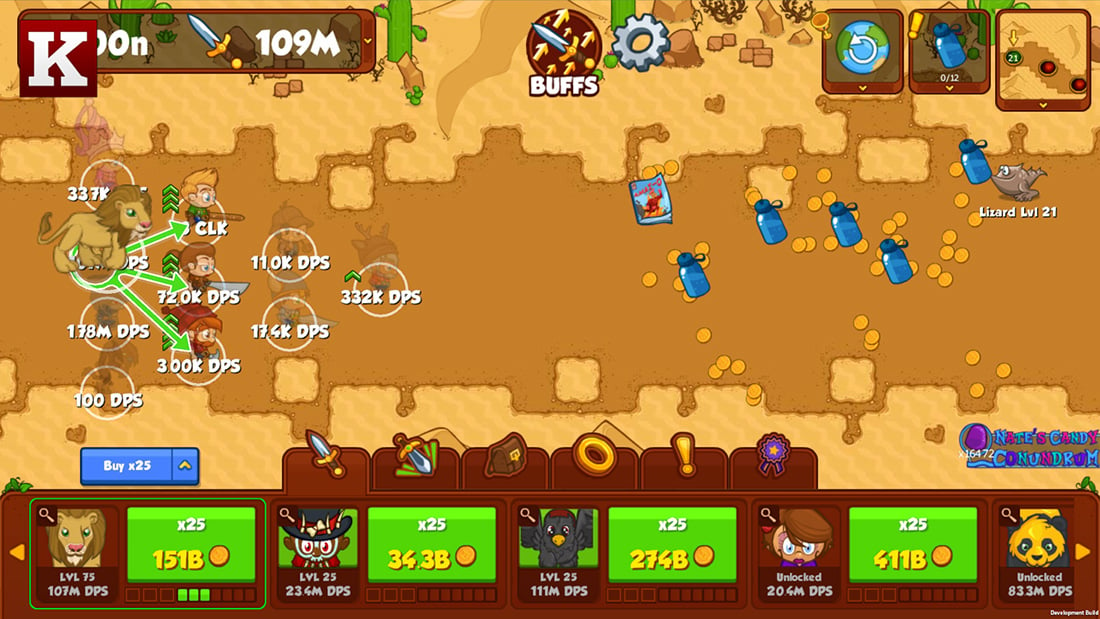
In English, Ustasha, Ustashe, Ustashas and Ustashi are used for the movement or its members.
CRUSADERS OF THE LOST IDOLS STRATEGY FULL
The full original name of the organization appeared in April 1931 as the Ustaša – Hrvatska revolucionarna organizacija or UHRO (Ustaša – Croatian Revolutionary Organization) in 1933 it was renamed the Ustaša – Hrvatski revolucionarni pokret (Ustaša – Croatian Revolutionary Movement), a name it kept until World War II. The name ustaša did not have fascist connotations during the early years of the Kingdom of Yugoslavia as the term "ustat" was itself used in Herzegovina to denote the insurgents from the Herzegovinian rebellion of 1875. Another variation of the word ustati is ustanik (plural: ustanici) which means an insurgent, or a rebel. The same term was the name of Croatian third-class infantry regiments ( German: Landsturm regiments) during World War I (1914–1918). " Pučki-ustaša" ( German: Landsturm) was a military rank in the Imperial Croatian Home Guard (1868–1918). The word ustaša (plural: ustaše) is derived from the intransitive verb ustati (Croatian for rise up). Underground and exile successor organisations such as the Crusaders guerrilla and Croatian Liberation Movement were created by former Ustaše members and tried to continue the movement, without results. Many members of the Ustaše Militia and Croatian Home Guard were subsequently massacred by the new government in the Bleiburg repatriations. With the German surrender, end of World War II, and the establishment of socialist Yugoslavia in 1945, the Ustaše movement, along with their state, totally collapsed. The Ustaše regime was initially backed by some parts of the Croat population that during the interwar period had felt oppressed in the Serb-led Yugoslavia, but their brutal policies quickly alienated many ordinary Croats and resulted in a loss of the support they had gained by creating a Croatian national state. Therefore, terror would be their means of controlling the “ethnically disparate” population. The Ustaše regime was militarily weak and lacked general support among Croats, struggling to ever attain significant support among the populace. The Ustaše Militia ( Croatian: Ustaška vojnica) became its military wing in the new state. In April 1941, the Ustaše came to power when they were appointed to rule a part of Axis- occupied Yugoslavia as the Independent State of Croatia (NDH), a quasi- protectorate puppet state established by Fascist Italy and Nazi Germany.

It was founded as a nationalist organization that sought to create an independent Croatian state and functioned as a terrorist organization before World War II. Roman Catholicism was identified with Croatian nationalism, while Islam, which had a large following in Bosnia and Herzegovina, was praised by the Ustaše as the religion that "keeps true the blood of Croats." The Ustaše espoused Roman Catholicism and Islam as the religions of the Croats and condemned Orthodox Christianity, which was the main religion of the Serbs. The Ustaše viewed the Bosniaks as " Muslim Croats", and as a result, Bosniaks were not persecuted on the basis of race. The movement emphasized the need for a racially "pure" Croatia and promoted genocide against Serbs-due to the Ustaše's beliefs grounded in anti-Serb sentiment-and Jews and Roma via Nazi racial theory, and persecution of anti-fascist or dissident Croats and Bosniaks. The Ustaše supported the creation of a Greater Croatia that would span the Drina River and extend to the border of Belgrade.


The ideology of the movement was a blend of fascism, Roman Catholicism and Croatian ultranationalism. Its members committed regicide of the King of Yugoslavia, while later they also murdered hundreds of thousands of Serbs, Jews, Roma as well as Croatian political dissidents during World War II in Yugoslavia. The Ustaše ( pronounced ), also known by anglicised versions Ustasha or Ustashe, was a Croatian fascist and ultranationalist organization active, as one organization, between 19, formally known as the Ustaša – Croatian Revolutionary Movement ( Croatian: Ustaša – Hrvatski revolucionarni pokret).


 0 kommentar(er)
0 kommentar(er)
